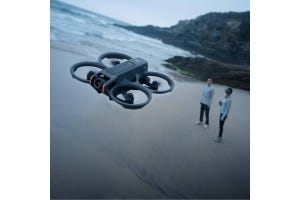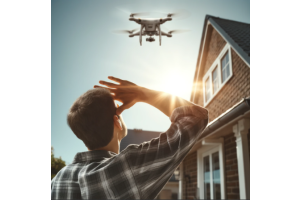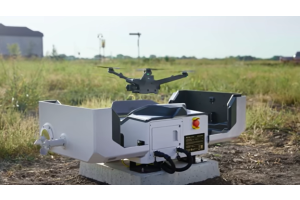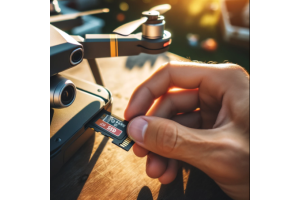Search and Rescue Drone (UAVs) News Roundup
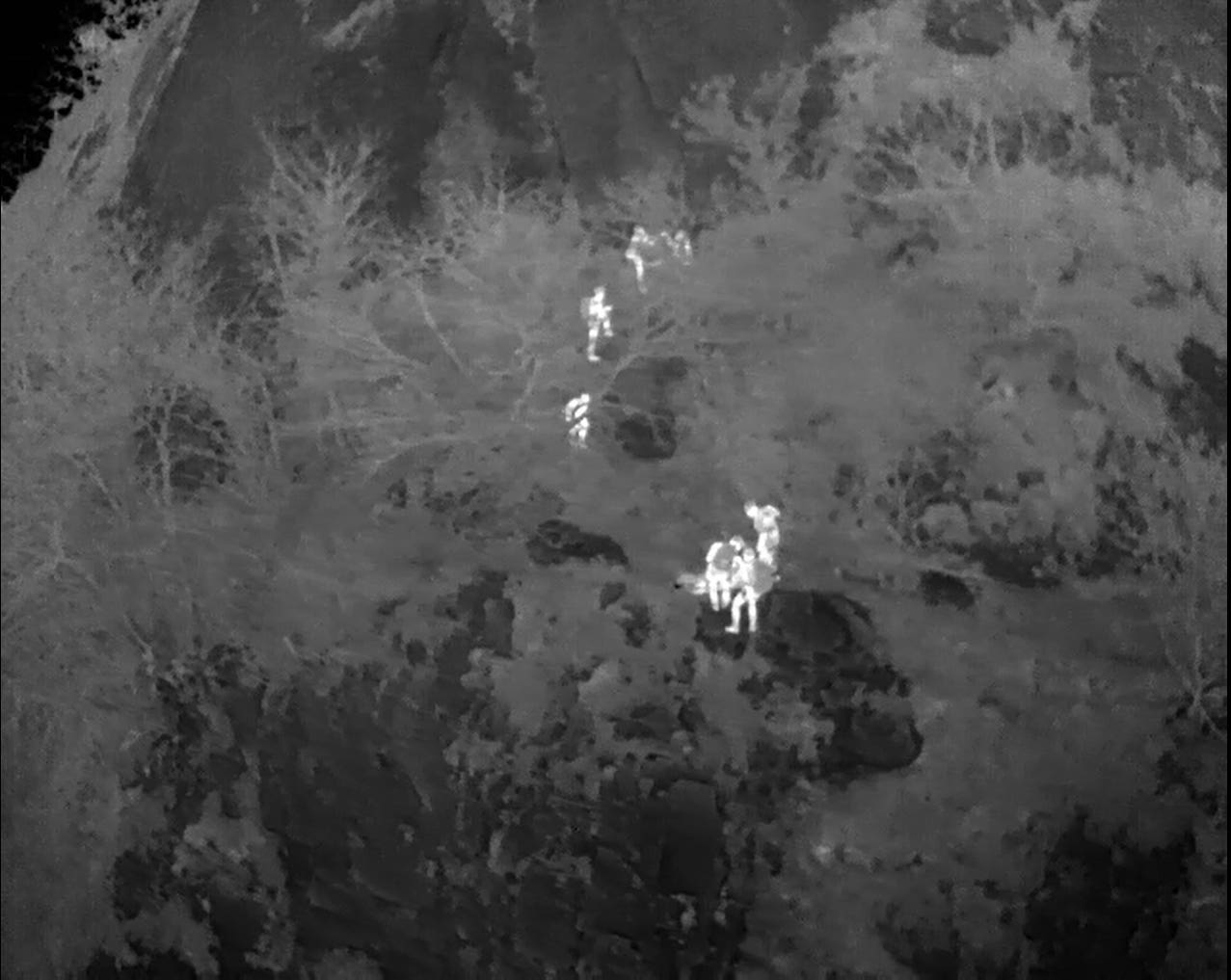
The news reports included cases of stranded hikers, missing persons, swimmers in distress, and victims of natural disasters. And the good news keeps coming – since the release of the DJI survey, more news reports continue to show how drones are an invaluable tool in the hands of search and rescue teams all over the world.
In June of 2017, two hikers in Colorado got lost on Devil’s Head Trail, and an emergency response team was called out for the search and rescue mission. The response team included foot searchers, ATVs, a K-9 team and also an unmanned aerial vehicle team. The UAV team was able to get up in the air and cover miles of the trail before the foot search team even got started. With the information provided by the drone, the hikers were found within just two hours.

In March of 2018, a drone proved instrumental in the discovery of a missing 11-year-old girl in Moore County, North Carolina. Her mother reported the girl missing at 10:30 on a 30 degree night. The Sheriff’s office had a drone equipped with infrared camera in its arsenal of search and rescue tools, and they were able to find her within 15 minutes, about 100 yards from her home in the woods, where she had fallen asleep under leaves and undergrowth. The infrared cameras quickly spotted the glow of her body heat, and the drone operators were able to direct the deputies to her location.
Another missing person was found in Ripley County, Indiana with the aid of a drone, this time an elderly gentleman. The Ripley County Sheriff’s Office had purchased a drone in October 2017, and one of its first deployments was to find an elderly gentleman who had been reported missing. That first mission was a success, and the drone has been since been used to help locate escaped prisoners. Both the elderly gentleman and the escaped prisoners were located with the aid of an infrared camera on the drone.
In March 2018 a man was rescued from a flooded river, and the rescue team who located him was aided by an infrared equipped drone. The drone, operated by a drone hobbyist working in conjunction with the Fire Rescue team, was able to locate the man stranded on top of his vehicle, and provided the rescue crew with important information on his location and status before sending anyone out into the water to bring him to safety.
How FLIR works


In cases, for instance, of missing hikers, where large areas of territory need to be covered in the search and rescue operation, animal bodies emitting heat could be a potential confounding factor. However, most infrared cameras produce a clear enough image, usually aided by digital image processing, to give a fairly accurate idea of the shape of the body in view. A 4K camera and an infrared camera would commonly both be installed on a search and rescue drone, to allow the operators to select the most useful tool in a given situation.
See our previous post on Drone for SAR (Search and Rescue)



